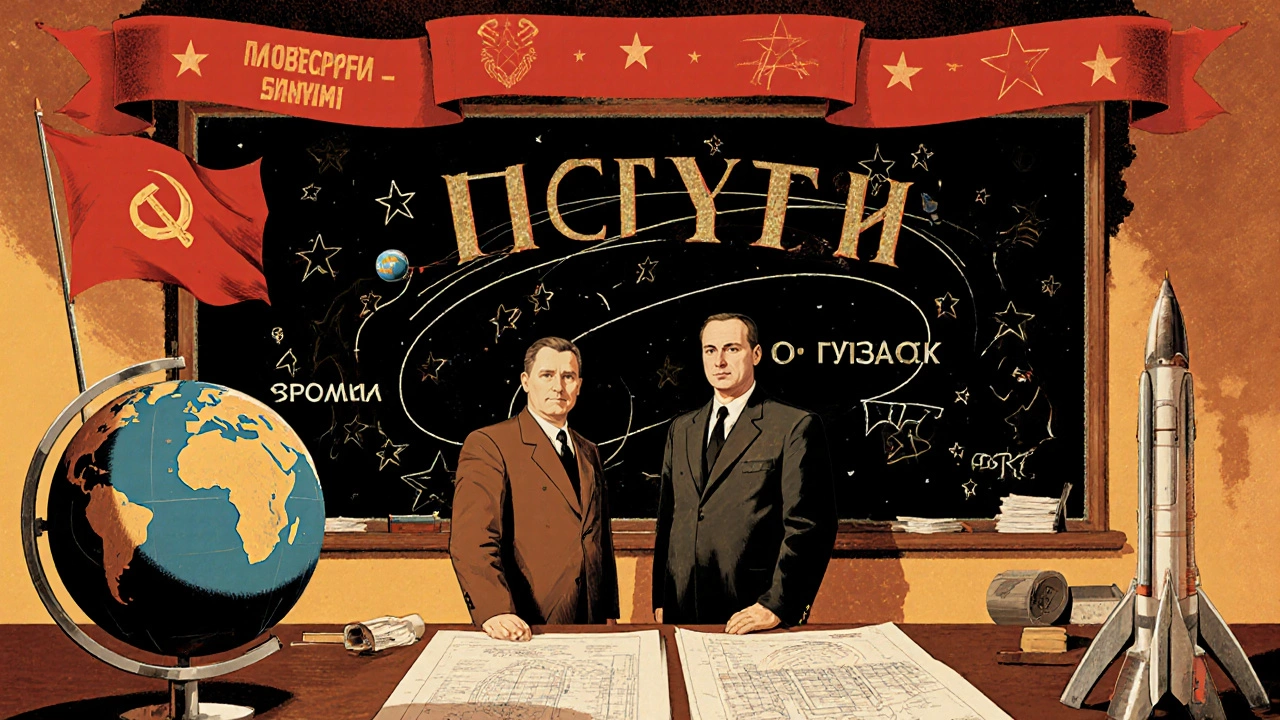Roscosmos: Russia's Space Agency and Its Role in Global STEM
Roscosmos, the state corporation responsible for Russia’s space science and exploration programs. Also known as the Russian Space Agency, it manages everything from Soyuz launches to the International Space Station partnerships—and has been a key player since the Soviet era. While NASA gets a lot of attention, Roscosmos has kept human spaceflight alive for decades, even when funding was tight. It’s the reason astronauts from the U.S., Europe, and beyond still launch from Baikonur in Kazakhstan.
Roscosmos doesn’t work in isolation. It’s deeply tied to international collaboration, when scientists and agencies from different countries pool resources and expertise, like in the ISS. That’s the same kind of teamwork you see in Indian research labs working with global partners on climate data or satellite imaging. But Roscosmos also handles technology transfer, moving space tech from military or government use into civilian applications—things like weather forecasting tools, GPS alternatives, and even materials used in medical devices. These aren’t just theoretical ideas. They’re real tools that save lives and improve daily systems.
There’s a gap, though. While Roscosmos still launches rockets reliably, its pace has slowed compared to private companies like SpaceX. Budget limits, brain drain, and aging infrastructure have made it harder to keep up. Yet, its legacy matters. Every time a rocket lifts off from Russian soil, it’s part of a global chain of innovation. The same principles that drive space collaboration—trust, shared goals, clear communication—are the same ones that make any research project succeed, whether it’s in a lab in Bangalore or a control room in Moscow.
What you’ll find in the posts below aren’t just articles about rockets. They’re stories about how space programs connect to everyday science: how data from satellites helps farmers, how engineering from space missions improves medical tech, and how partnerships across borders—like those Roscosmos once led—still shape what’s possible today. You’ll see how innovation doesn’t happen in a vacuum. It’s built by people, policies, and persistent collaboration.




